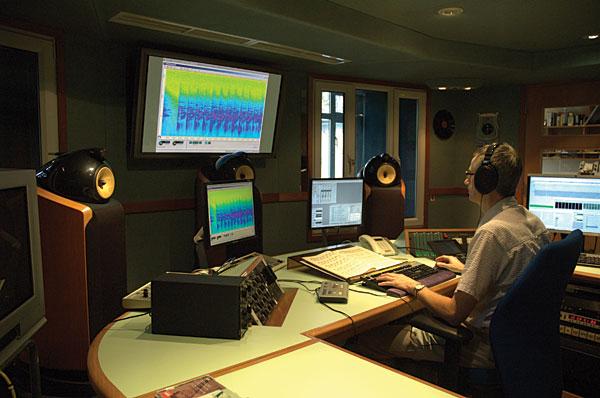tuga
Major Contributor
I was reading a piece about BIS Records.
At one point, the equipment is described and photos of the studios are shown. Interestingly all speakers are passives.

Studio 1 - B&W 802 Diamond ... https://www.stereophile.com/content/bw-802d-loudspeaker-measurements

Studio 2 - Quad ESL63 ... https://www.stereophile.com/content/quad-esl-63-loudspeaker-measurements

Studio3 - B&W 801 Matrix ... https://www.stereophile.com/content/bw-matrix-801-series-2-loudspeaker-measurements
At one point, the equipment is described and photos of the studios are shown. Interestingly all speakers are passives.

Studio 1 - B&W 802 Diamond ... https://www.stereophile.com/content/bw-802d-loudspeaker-measurements

Studio 2 - Quad ESL63 ... https://www.stereophile.com/content/quad-esl-63-loudspeaker-measurements

Studio3 - B&W 801 Matrix ... https://www.stereophile.com/content/bw-matrix-801-series-2-loudspeaker-measurements
Last edited:








